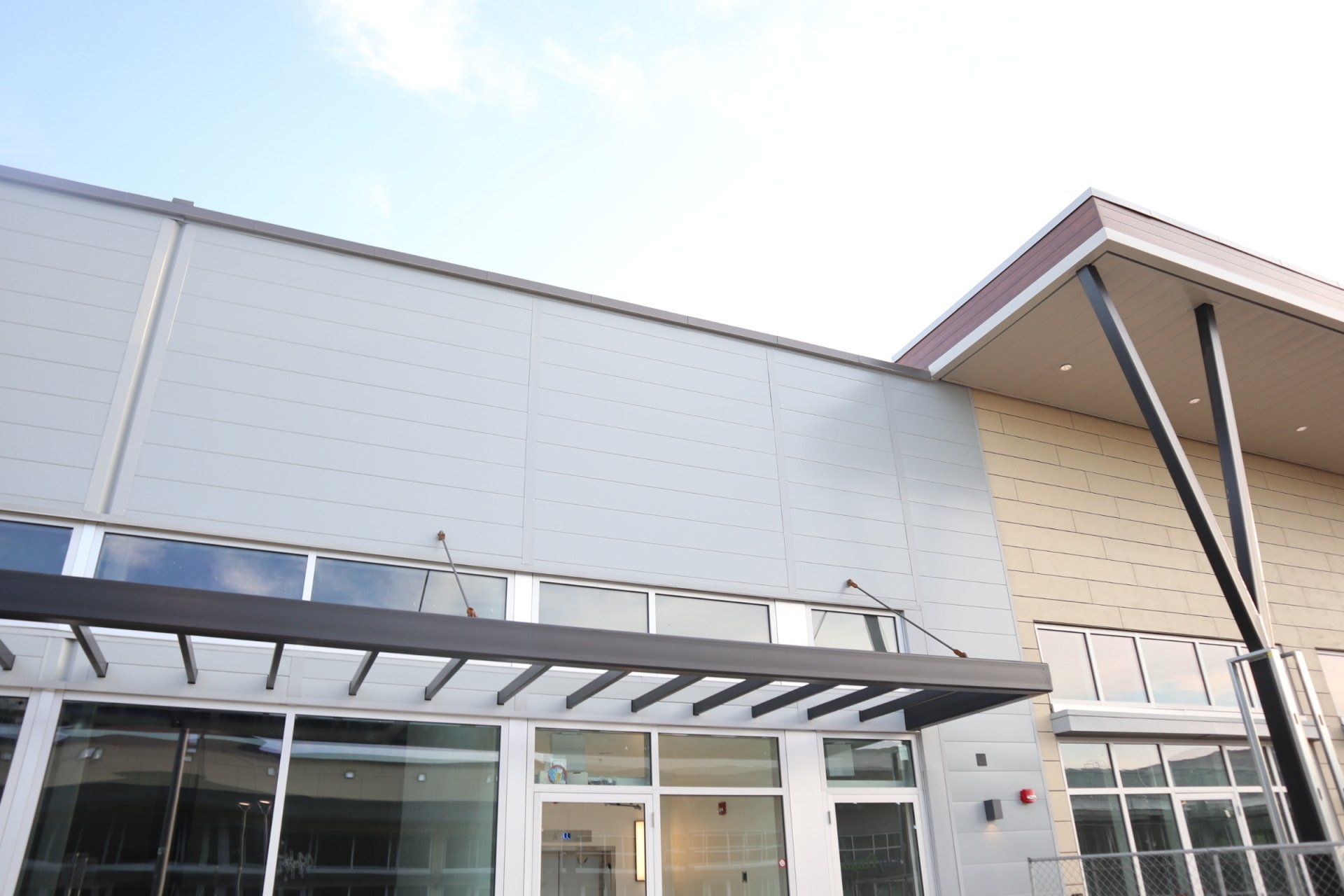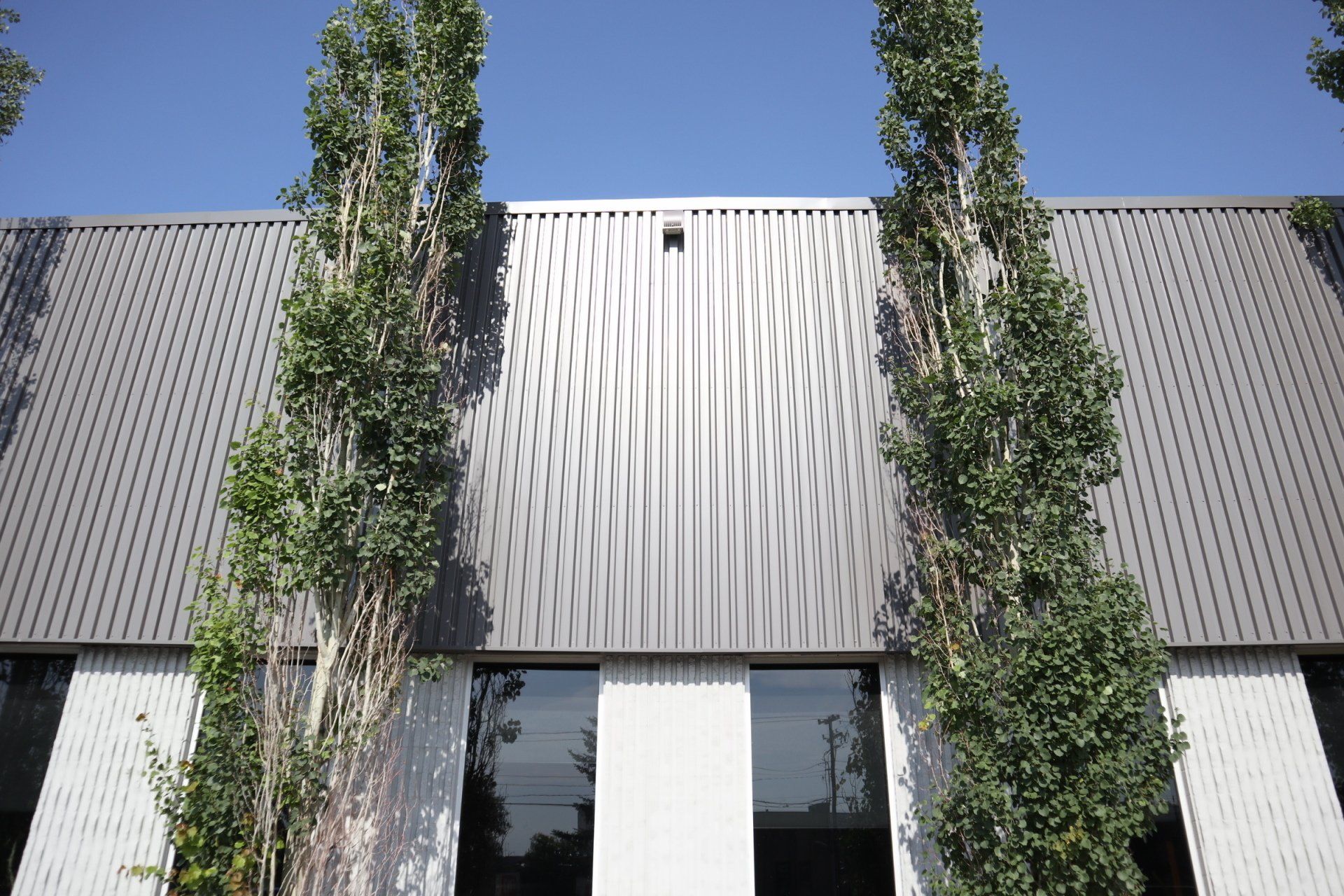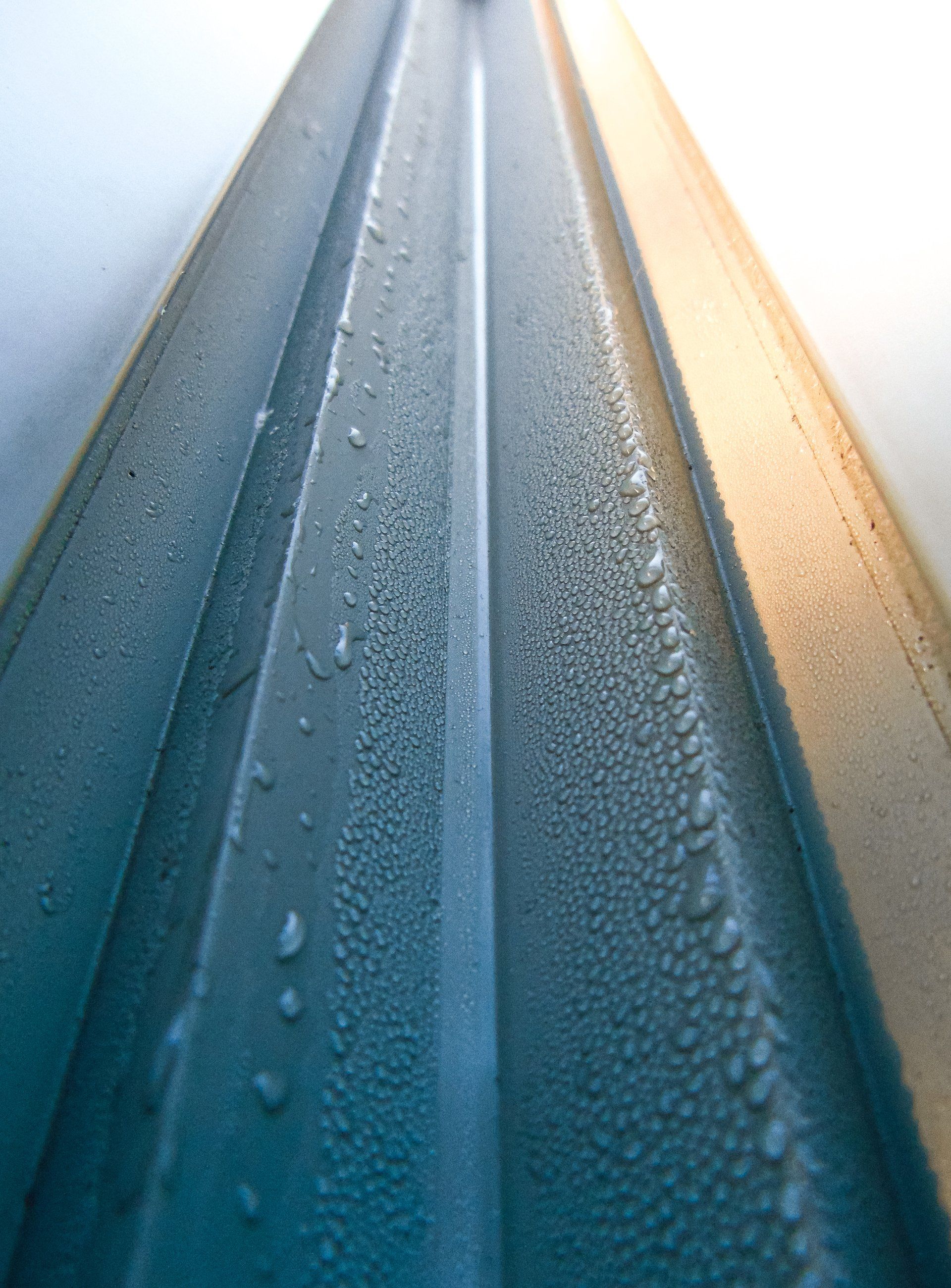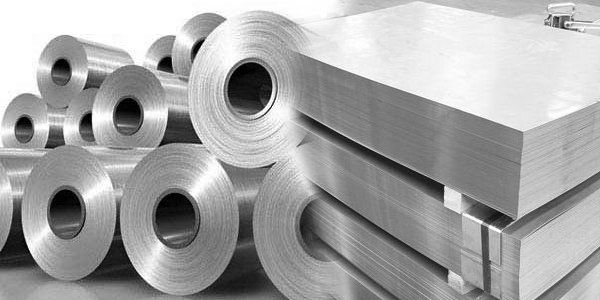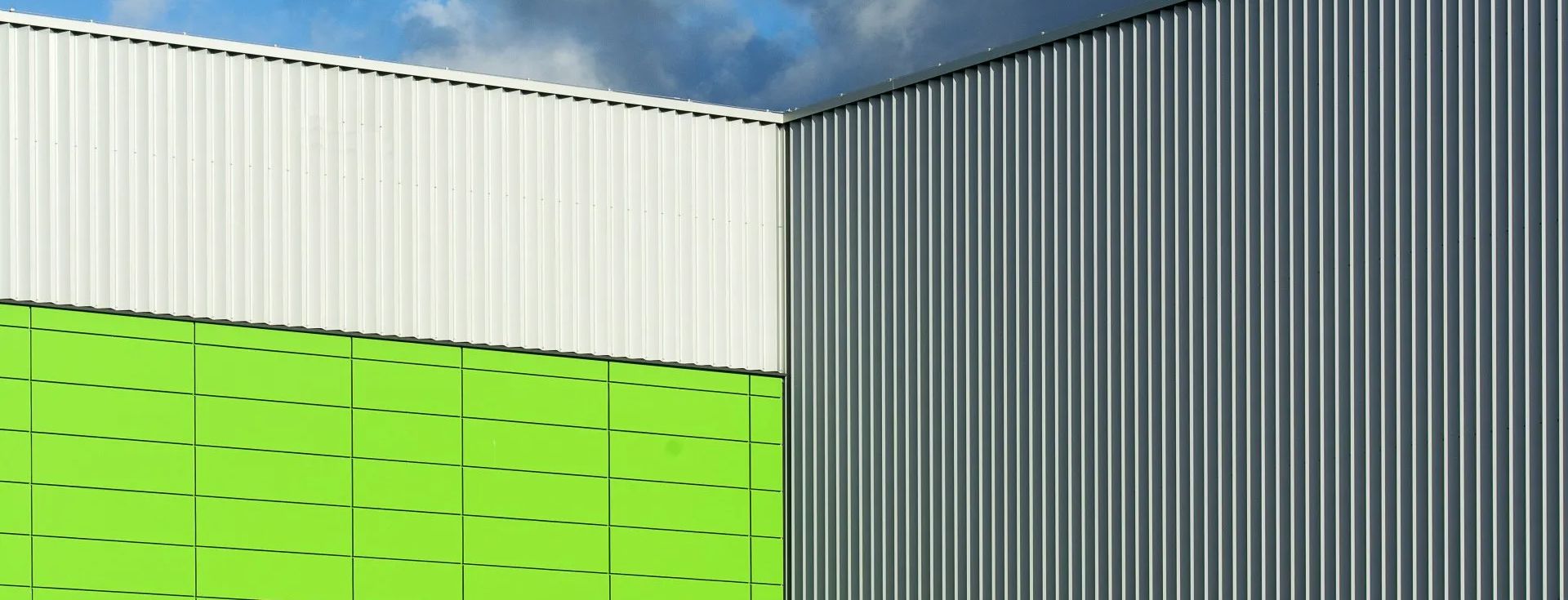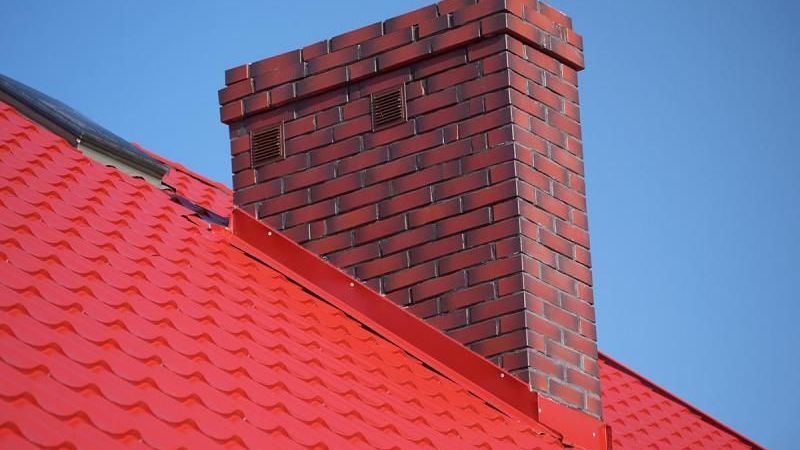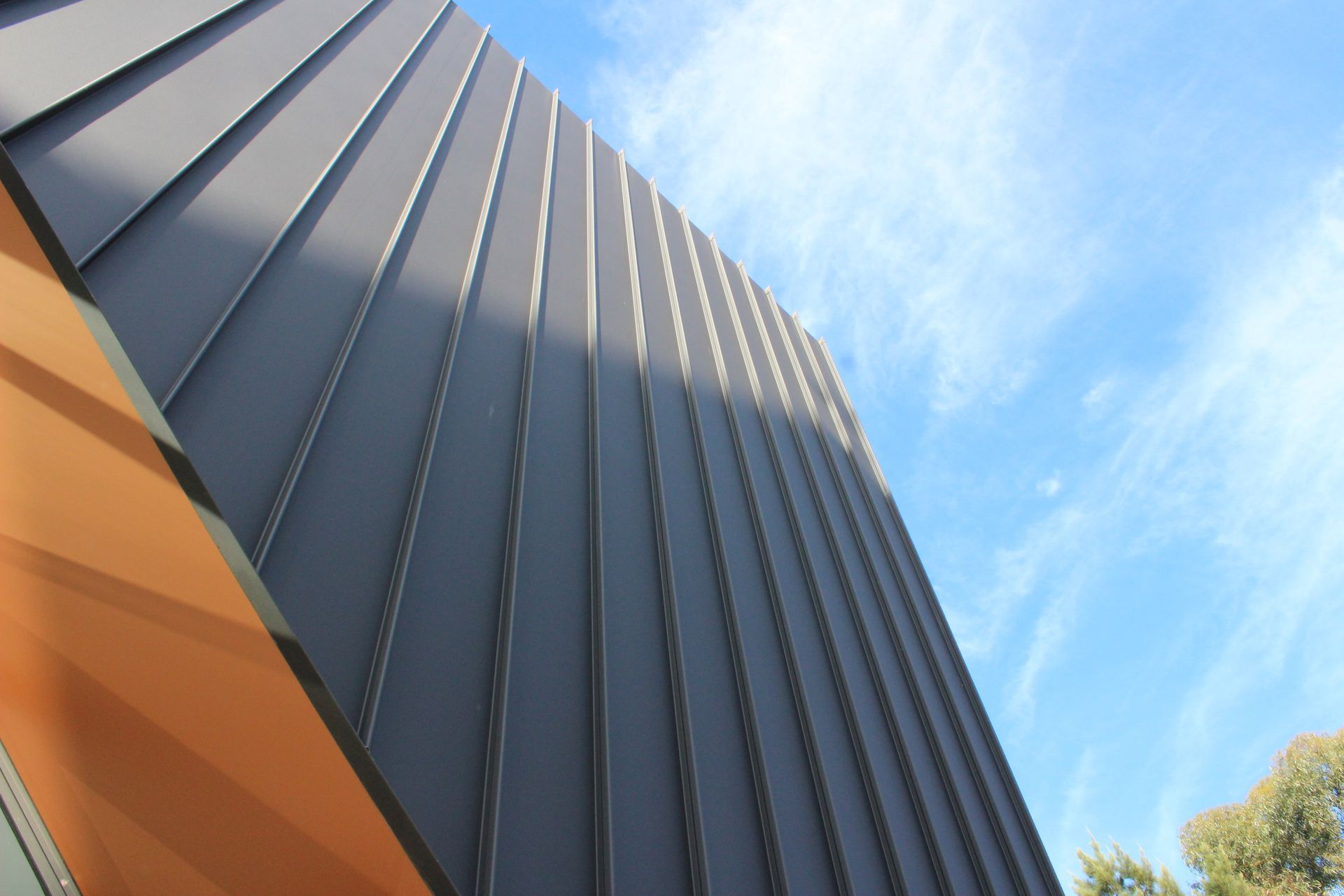Sheet Metal Flashing: Best Applications and the Importance of Weatherproofing
A critical yet largely overlooked aspect of building management is the state of your metal flashings.
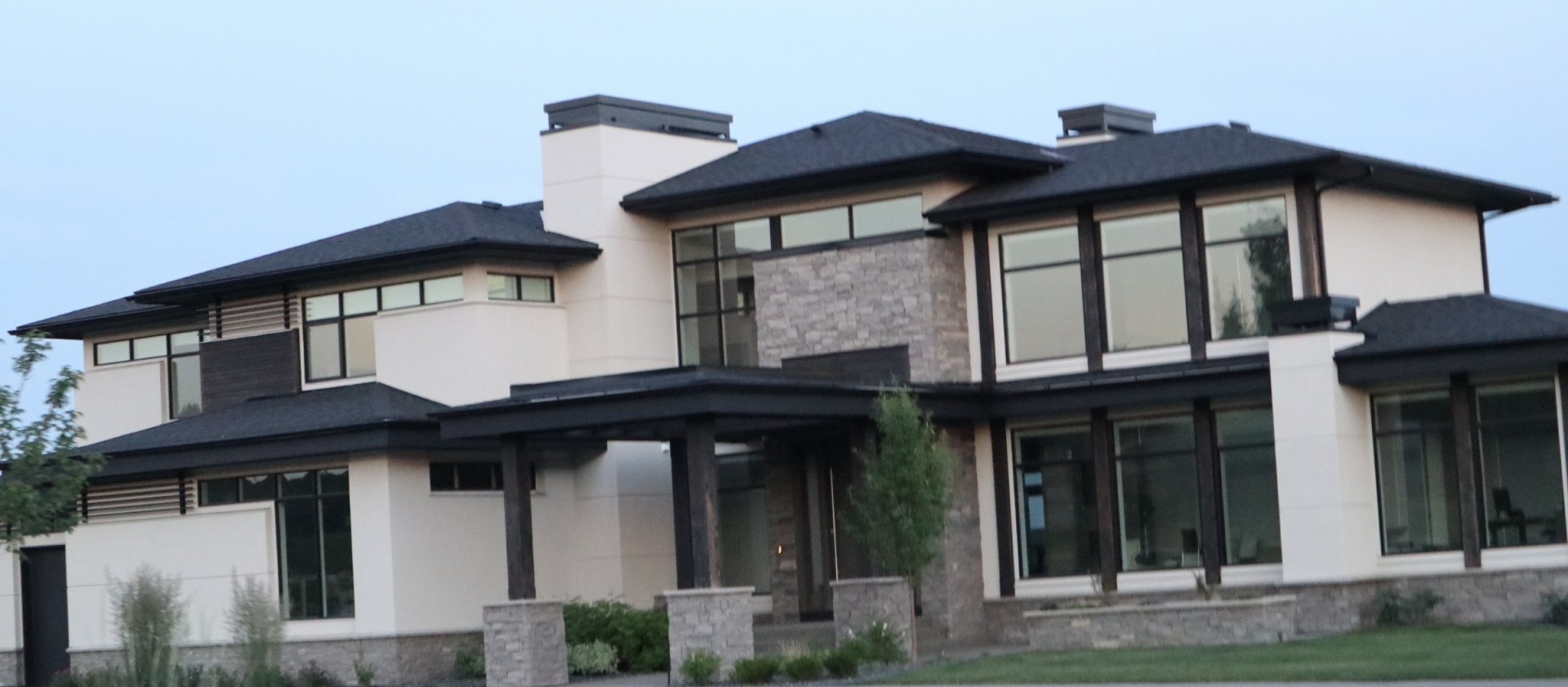
When installed according to the local building code, they save you a lot of time, money, and headache in the long run. When ignored, they greatly compromise the integrity of your roof.
Read on to discover how roof flashing works and its essential role in weatherproofing for commercial and residential buildings.
What Exactly Is Roof Flashing, and What Are Its Use Cases?
Flashings are a weatherproofing measure suitable for fixing holes and penetrations in the roof. They provide additional insulation and primarily prevent water from leaking in and typically consist of overlapping sheets of metal to direct water down towards the gutters. You’ll see them being used in commercial and residential construction around walls, windows, skylights, and even chimneys.
Sheet metal flashing specifically refers to thin pieces of waterproof metal to protect against winds, rainfall, and debris. This flashing material—usually zinc alloy, stainless steel, copper, or aluminum—contributes to structural durability and protects against mold, corrosion, and moisture.
What Are the Different Types of Flashing?
Flashing comes in many variations, and roofing companies often use many in conjunction. A few common types are listed below.
- Step flashing covers penetrations in the roof or walls. In case of leaks, it sheds water to the lower parts of the building structure.
- Chimney flashing involves the bricks above a roof’s surface. It uses a technique known as counter flashing to direct rain flow away from the chimney and prevent leaks into the house.
- Gutter flashing, as the name suggests, runs along the line where the gutter and roof meet. A lip on the metal, known as the drip edge, keeps water from draining into the building. This type of flashing also prevents wildlife from entering the attic.
- Headwall flashing, or apron flashing, occurs where vertical walls touch the roof. Any water running down the wall goes properly down the roof without seeping through.
- Valley flashing covers any angle changes in a roof. The design of the shingles ensures that water properly drains into the gutters.
Regardless of the type you use, be sure to repair and replace it whenever necessary. Damaged flashing increases the chance of water seeping into the building, which can can cause damage to the interior of the building and cause even more expensive repairs later.
How Do You Maintain Metal Roof Flashing?
Roof flashing has a life expectancy of 40 years. Repairs can be expensive, however, it involves extra labor to remove roof parts. That’s why we recommend replacing the flashing whenever you get a new roof. Check out also our blog post on how to maintain corrugated metal in Calgary properties
Installing roof flashing relies heavily on the quality of your metal materials. Phoenix Metals provides quality aluminum, stainless steel, and other essential roofing materials for the job.
Our services range from precision cuts of sheet metal to shearing and polishing, all to your specified lengths.
Get in touch with roofing professionals at Phoenix Metals today if you’re looking for quality roof flashing materials for your next major project.

